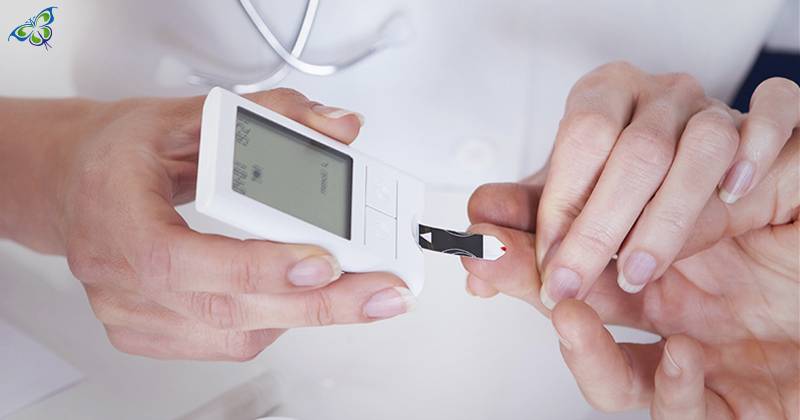
Hello
Select Address

According to the CDC (Centre for Disease Control and Prevention), as of 2015, more than 30 million people in the U.S are affected by diabetes. If we are to consider the population of prediabetics along with this, the figure shall surpass a whopping 100 million! Self-management, therefore, happens to be an integral part of the treatment of this disease.
Keeping the blood sugar levels on the check is as important as the individual’s daily intake of food and water! This at-home job generally involves the use of a lancing device and a lancet to get access to a drop of blood that is put on the testing strip. The blood glucose monitor now reads the glycemic levels of the sample blood and displays the number on its screens.
Coming to the types of blood glucose monitors, in the recent past, manufacturers have realized the need for devices that would be apt for individuals with visual impairment. High blood sugar is well known to be intimately related to problems in one's eyesight. A glucose monitor that can outrun this obstacle was, therefore, the need of the hour.
Talking blood glucose monitors have been doing the rounds in the US market for more than the last 10 years! They come in 2 variants – the earlier model was the simpler one with an add-on voice box which is a separate hardware item that converts the displayed text into audible speech; the modern counterpart, however, has an in-built speech technology in their monitors to announce the results!
Non-Talking Meters
Non-talking meters are also used by a large section of society. Unless a person has a severe visual impairment, he or she is comfortable using non-talking meters. These appliances, most importantly, have a large display screen where the glucose levels appear. If only a patient's vision has been largely affected by high blood sugar or the individual has very poor eyesight inherently, large prints do not make any difference! Often, there is very low contrast between the numbers displayed and the background which often makes the non-talking meter less useful for these patients.
[For more articles click on: artificial sweeteners side effects]
Using a glucometer is a rather simple thing, and therefore, patients can do it by themselves at home. Before everything, don’t forget to wash your hands thoroughly. Get the entire kit ready – glucose meter, testing strip, the lancet, and the lancing device. Preferably rub them with an alcohol pad. Turn on the glucometer and load it with the testing strip. Place the drop of blood on the strip and get the result in just a few moments! You can blot the pricking site with the alcohol pad, if the bleeding still continues.
Important features in a glucose meter that you should look for:
Ask yourself a few of the following questions before deciding upon a product, when you are looking for blood sugar monitors and other diabetes supplies.
This is sad but true - your glucometer rarely produces accurate results. The control solution is one of the best ways to gauge the accuracy levels of your glucometer. It comes with what is popularly known as "fake blood"! Actually, the soultion contains a known glucose level. Once placed under the glucometer, it reveals the accuracy range of your device!
Talking meters are a little more expensive. Unless a severe vision loss persists, a non-talking meter does the job satisfactorily. However, since high blood sugar almost ensures maximum vision loss, talking meters are recommended. If you find that only large prints are enough for you to record the readings, you may go for the non-talking variants but with a careful check on the contrast (between the numbers displayed and the background of the screen). Accurate readings are the most essential ingredients of the entire story and hence products recommended by ADA (American Diabetes Association) and AADE (American Association of Diabetes Educators) would be the best choice.